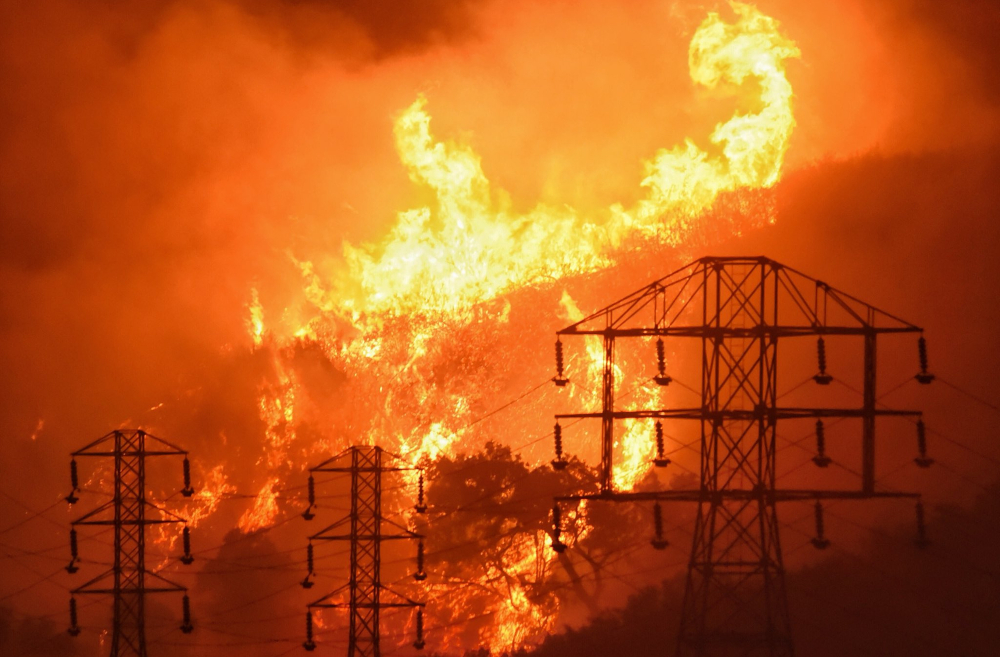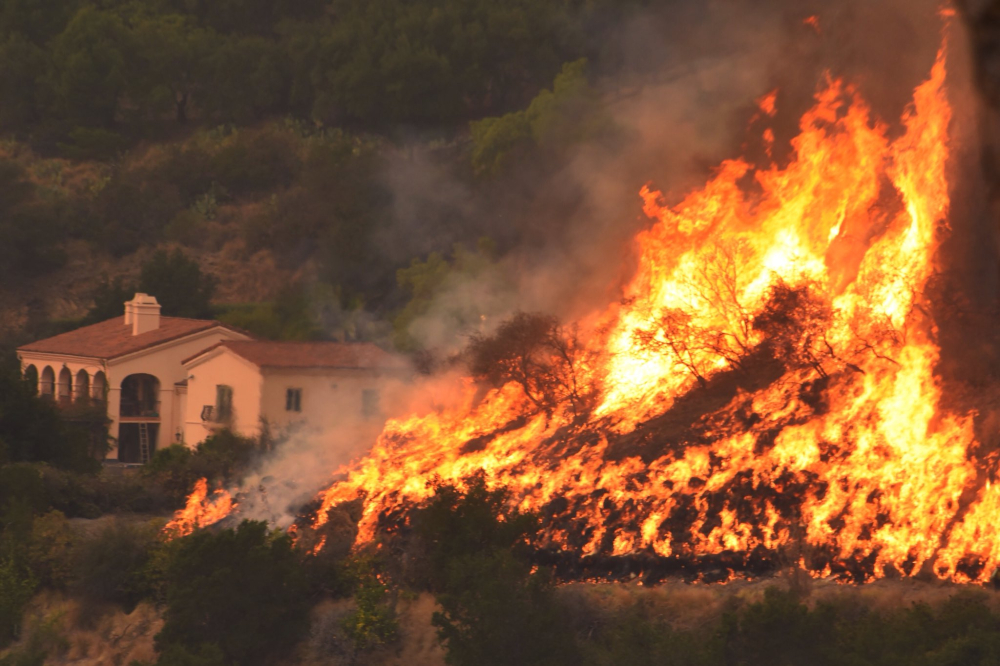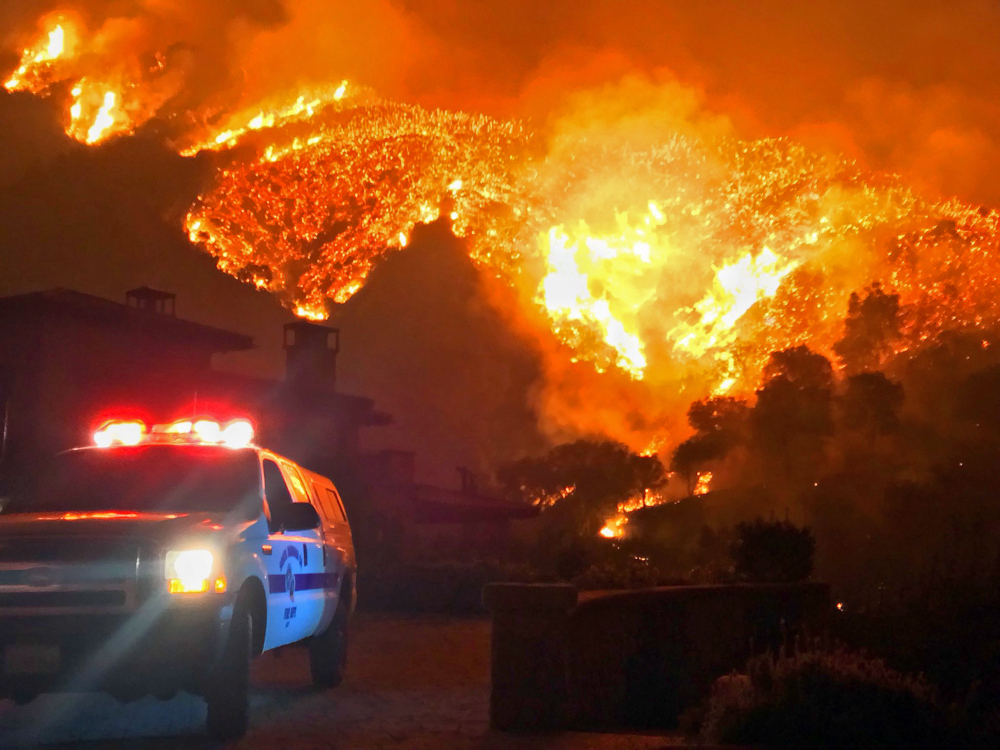LOS ANGELES — For weather experts, autumn in Southern California is “the great race.”
The severity of the fall fire season is often determined by what arrives first – the fierce Santa Ana winds or the rains.
This year, however, it’s been no contest. Autumn has seen excruciatingly little rain, intensely low humidity, record heat and powerful winds that sparked what is so far the second largest wildfire in modern California history.
“The result are these near-apocalyptic fires that we’re seeing,” climatologist Bill Patzert said.
Together, the weather conditions that fueled Southern California’s December fire storms offer a window into a future that could include more destructive fires.
“There is some evidence that the autumn on average in Southern California is going to be drier as the climate warms,” University of California, Los Angeles climate scientist Daniel Swain said.
Less rain in the autumn, along with hotter temperatures, increases the fire risk.
On average, downtown L.A. gets more than an inch of rain in November and more than two in December. But for downtown Los Angeles, this is shaping up to be the driest March-through-December period on record, with a paltry 0.68 inches beating out the 1.24 inches that fell during the same 10-month period in 1962.
The high of 92 on Nov. 23 broke a 114-year-old record for hottest Thanksgiving Day in L.A.
A persistent weather pattern has blocked rainfall away from Southern California.
There’s a large mass of high pressure over the West, which is associated with an unusually weak jet stream, said Patzert, a climatologist at NASA’s Jet Propulsion Laboratory in La Canada Flintridge. This can result in the development of a powerful mass of high pressure over the West that sends storms north of California.
This is critical because Southern California gets most of its rain and snow from just a small number of storms every year.
“It’s easy to miss out on just a couple of events and have a dry year,” Swain said.
During the worst period of fire weather, humidity sank to extremely low levels – as low as 1 percent.
On top of that has been the unremitting Santa Ana winds this month. The National Weather Service clocked in a record 12-day period of straight red flag warnings, which began on Dec. 4, the same day the Thomas fire ignited. The blaze has charred 272,000 acres and destroyed more than 700 homes and contributed to two deaths.
Send questions/comments to the editors.





Success. Please wait for the page to reload. If the page does not reload within 5 seconds, please refresh the page.
Enter your email and password to access comments.
Hi, to comment on stories you must . This profile is in addition to your subscription and website login.
Already have a commenting profile? .
Invalid username/password.
Please check your email to confirm and complete your registration.
Only subscribers are eligible to post comments. Please subscribe or login first for digital access. Here’s why.
Use the form below to reset your password. When you've submitted your account email, we will send an email with a reset code.